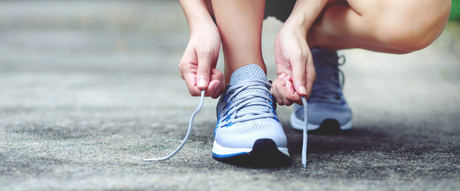Why Wear Insoles When Running?
Whether you’re training for a 5k or a marathon, insoles are a must for runners of all ages and skill levels.
Running creates repetitive high-impact forces (up to three times your body weight with each stride) that travel through your feet and up your kinetic chain, potentially leading to stress injuries over time.
Insoles provide crucial shock absorption that helps dissipate these forces, protecting not only your feet but also your ankles, knees, hips, and lower back. Insoles also promote proper biomechanical alignment throughout your running gait, helping to correct inefficiencies that can lead to energy loss and premature fatigue.
What to Look for in Insoles for Running
When selecting insoles for running, look for these key features:
-
Strategic cushioning: Varying densities of cushioning material that absorb impact while still allowing for natural foot movement
-
Lightweight construction: Materials that provide support without adding significant weight to your running shoes
-
Moisture management: Antimicrobial and moisture-wicking properties to keep feet dry during long or intense runs
-
Flexibility: The right balance of support and flexibility to work with your foot's natural movement through the gait cycle
-
Durability: Materials designed to maintain their supportive properties for at least 300-500 miles of running
 Try Quiz
Try Quiz